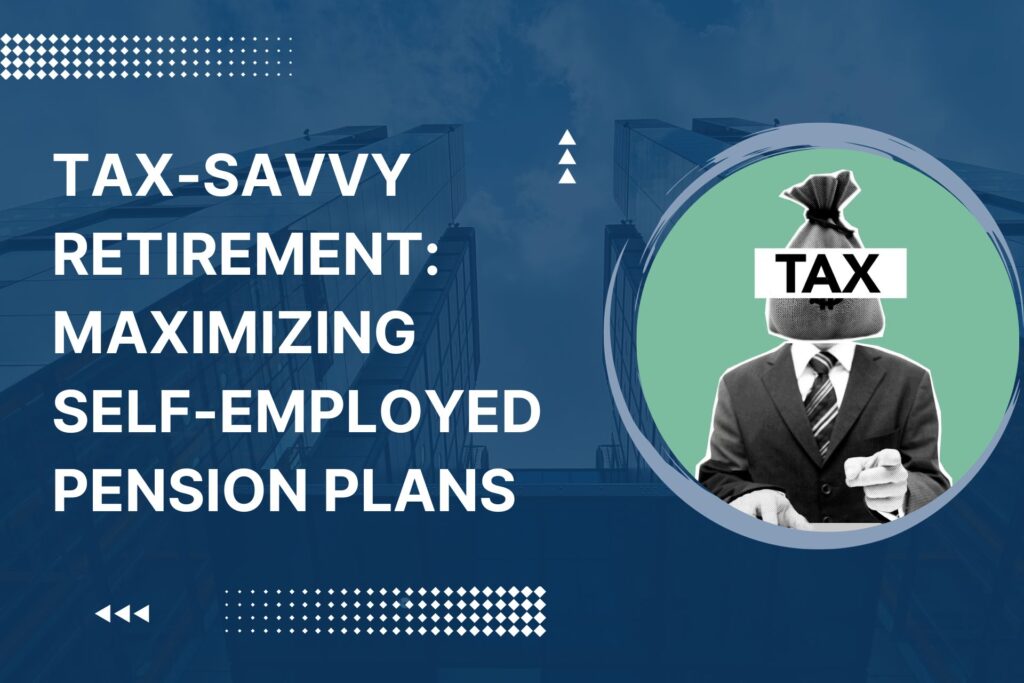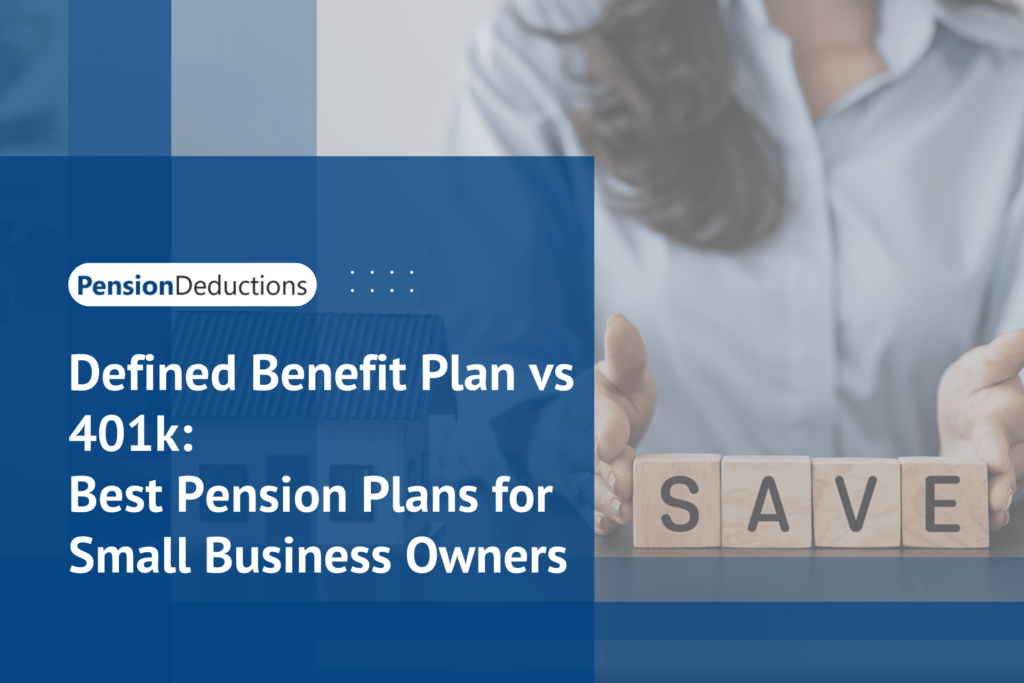In the dynamic landscape of retirement planning, self-employed individuals have a powerful tool at their disposal—Pension Plans for Self Employed. At Pension Deductions, we understand the significance of tax-savvy strategies for securing a comfortable retirement. In this comprehensive guide, we delve into the intricacies of self-employed pension plans, shedding light on how they can be harnessed to unlock unparalleled benefits for your financial future.
Understanding Pension Plans for Self Employed
What Sets Self-Employed Pension Plans Apart?
Self-employed individuals often face unique challenges when it comes to retirement planning. Unlike traditional employees, they don’t have access to employer-sponsored 401(k) plans. This is where Self-Employed Pension Plans, also known as Solo 401(k)s or Keogh Plans, come into play. These plans empower business owners and freelancers to take control of their retirement savings, offering a tax-efficient avenue for wealth accumulation.
The Flexibility Advantage
One key advantage of Pension Plans for Self Employed is their flexibility. Business owners can contribute as both the employer and the employee, allowing for potentially higher contributions compared to other retirement vehicles. This flexibility enables you to tailor your contributions based on your business’s financial performance, ensuring optimal tax advantages.
Maximizing Contributions
Employer and Employee Contributions
To make the most of your Pension Plans for Self Employed, it’s crucial to understand the dual contribution aspect. As the employer, you can contribute up to 25% of your net earnings from self-employment. Additionally, as the employee, you can make elective deferrals, with a maximum contribution limit that adjusts annually. Leveraging both contribution avenues allows you to maximize the tax benefits while securing a robust retirement fund.
Catch-Up Contributions
For those approaching retirement age, Pension Plans for Self Employed offer a catch-up provision. Individuals aged 50 and older can make additional contributions, providing an extra boost to their retirement savings. This feature is a valuable tool for closing the retirement savings gap and ensuring financial security in your golden years.
Tax Advantages of Self-Employed Pension Plans
Deferring Taxes Effectively
One of the primary attractions of Pension Plans for Self Employed is their ability to defer taxes. Contributions made to the plan are typically tax-deductible, reducing your taxable income for the year. This not only lowers your current tax liability but also allows your contributions to grow tax-deferred until withdrawal during retirement, when you may be in a lower tax bracket.
Roth Option for Tax-Free Withdrawals
In addition to the traditional tax-deferred contributions, some Self-Employed Pension Plans offer a Roth option. Choosing the Roth route means making after-tax contributions, but the payoff comes during retirement. Withdrawals from the Roth account are tax-free, providing a powerful strategy to manage your tax liability in retirement strategically.
Navigating Plan Administration
Streamlined Administration for Solo Entrepreneurs
Unlike complex retirement plans designed for larger corporations, Self-Employed Pension Plans are known for their streamlined administration. As a solo entrepreneur, you have the freedom to manage your plan efficiently without the bureaucracy associated with larger organizations. This simplicity translates to cost savings and allows you to focus more on growing your business.
Choosing the Right Self-Employed Pension Plan
Evaluating Your Business Structure
Selecting the right Self-Employed Pension Plan involves assessing your business structure and financial goals. Sole proprietors, partnerships, and corporations may have different options available. Understanding the nuances of each plan ensures that you choose the one aligning most closely with your unique circumstances.
Seek Professional Guidance
Given the complexity of retirement planning and tax implications, seeking professional advice is paramount. A qualified financial advisor can help you navigate the intricacies of Self-Employed Pension Plans, tailoring a strategy that optimizes your contributions while minimizing tax liabilities.
Conclusion:
In the realm of tax-savvy retirement planning, Pension Plans for Self Employed stand out as a formidable tool for business owners and freelancers alike. The flexibility, tax advantages, and streamlined administration make them a compelling choice to secure a comfortable retirement. At Pension Deductions, we empower you to take charge of your financial future, ensuring that your retirement years are marked by financial stability and peace of mind.
SHARE THIS POST
How Small Business Owners Can Save Up to $300,000 in Taxes with a Pension Plan
Learn how pension plans for small business owners can help save up to $300,000 annually in taxes with maximum deductions.
Maximize Your Retirement Savings with Cash Balance Plan Calculator
Maximize retirement savings with a Cash Balance Plan Calculator—optimize contributions, reduce taxes, and secure your financial future efficiently.
Year-End Financial Planning in the USA
Year-end financial planning in the USA helps optimize retirement savings, reduce taxes, and secure your future with proactive strategies.
Retirement in USA
Planning for retirement in USA involves Social Security, inflation strategies, and choosing the best states, ensuring a secure financial future.


